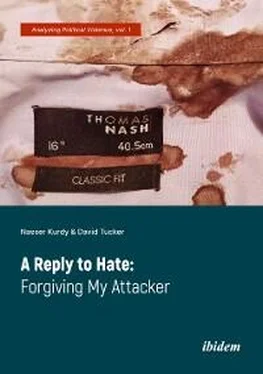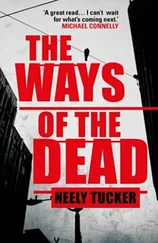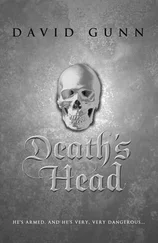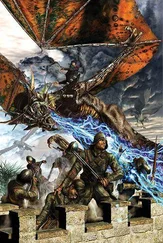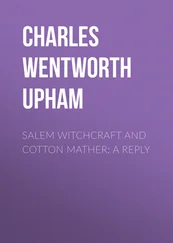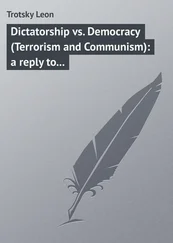Soon enough, the nurse returned to recheck my vital signs. At some stage I was given a strong analgesic for my pain, I think morphine, and it was ‘titrated’ in. As I saw the injection going into the cannula, I waited for that extraordinary experience of having morphine in my veins for the first time in my life. I waited in anticipation for this so called ‘trip’. This would probably be the only time I could legally experience such a trip, but sadly nothing happened, one of the more disappointing aspects to that situation. Anyhow, the nurse ran some more fluid through the cannula and everyone was ready for me to go to the CT scanner. This was the only trip I had that evening!
A CT scan is standard protocol for a penetrating injury. The scan is necessary to identify the depth of the injury and to check for internal bleeding, which is bleeding that does not gush out through the wound but stays inside the body and can put pressure on, and so cause damage to, vital structures. A few minutes later I was wheeled into the scanner room and was asked to slide myself from the trolly onto the narrow scanner bed. With a cannula in each arm, a drip line on the left and a painful neck, I was trying desperately to keep my dignity with this flimsy trolley sheet. But then I thought, at least for this night, I should just be a patient and give up on being ‘dignified’; it can’t get any worse. As part of the scan routine, a contrast dye needs to be administered through one of the cannulas. This contrast flows through the blood stream and has the ability to highlight blood vessels and so, most crucially, it can highlight internal bleeding. The protocol is for a scan sequence to be done before and after the contrast dye is injected. If there is an area of bleeding, the contrast will seep out where the bleeding is, and this can be picked up as a difference between the two scan sequences. I remember a warm feeling up my arm when the contrast went through me and I think I also felt a strange taste in my mouth, but nothing unduly unpleasant. A quick glance at my scans showed that the bleeding was very minimal and fortunately there was no major, or even minor, vessel damage. This was a big relief to everyone as the carotid and jugular vessels were very near to where I was stabbed. The smaller vertebral arteries were also missed and even the little veins that lit up on the scan were cleared by no more than a millimetre. None, absolutely none, of the important structures in my neck were harmed. The knife tore through my neck muscles with almost surgical precision, avoiding everything. The scan was quickly and formally reported as showing no primary structural damage, which I already knew, and no potential secondary damage, which was obviously good news. I was now officially off the critical list and everyone could take a deep sigh of relief. I believe my consultant colleague was soon notified, and she in turn passed the message to all my immediate work colleagues. The journey back to the resus room involved another gliding manoeuvre from the scanner bed onto the trolly, but by now I didn’t care much about the effectiveness of the trolly sheet.
Soon I was back in the resus room, where the A&E doctor reassured me again about the scan findings. He then proceeded to clean and stitch my wound. We always say “This won’t hurt much” as the local anaesthetic is being injected, and yes, I never really believed that myself entirely when I would say the same. But now I was on the receiving end, and it did hurt, even though the doctor kept on saying, with confidence, this won’t hurt much. I thought “Better keep my mouth shut and not have him become more anxious than he probably already was.” I still recall feeling every stitch. I thought I counted five, but later found them to be only four! I remember keeping very still and very quiet. He then asked me if I felt anything. Well, what could I say? By then Syrsa came back in to hold my hand and everyone was expecting that I would spend the night at the hospital. I was still lying there in my underpants when the A&E doctor said, “Dr Kurdy, you’re all clear, you can go home now.” Syrsa and I looked at each other and our immediate thought was that there was no way I was going to walk out like this! Fortunately, I was able to get a colleague to fetch me some scrubs and a pair of clogs. The cannulas were pulled out and Syrsa helped me get dressed. I sat at the edge of the trolley for a couple of minutes to make sure I didn’t feel faint and then stood up and leaned on her. I felt OK; we were ready to go home.
As we were walking out along the hospital corridor and we saw friends waiting, I started to realise the commotion that was simmering out there. There were about thirty people waiting for me and I started to get a sense of how they were interpreting the attack. Now that the concerns about my health had settled, I sensed anger, and for the first time I started to feel uncomfortable. Very early on, friends were already questioning things such as why me, why at the mosque? Throughout my time at the hospital, which probably took no more than two hours, I was virtually secluded and was totally unaware of what was unfolding elsewhere. A hospital’s resus room is a very particular type of place, and your mind does not take you much beyond where you are. At no time did I consider what might be happening at the mosque, never mind anywhere else. I was unaware of what the police had been doing and naïvely I had not expected the media to have been informed. However, it gradually transpired that it was nothing short of mayhem and I knew absolutely nothing about it.
I think if it hadn’t been for us sending reassuring messages telling people not to come to the hospital, there would have been about three hundred people there. My stabbing had all the hallmarks of an Islamophobic hate attack. My community already felt vulnerable and under threat. The police had a potential terrorist case on their hands and the media had a story to tell. It was not taking much for people to start making up their own stories. I later found out that our Islamic centre and the police had already released official statements regarding the incident and I also became aware that an urgent meeting was planned for that evening, which would include representatives from the CPS, the police and members of the local Muslim community. Serious questions needed to be addressed: was this a planned attack on the mosque; is there an extremist background to this crime; was the immediate safety of our neighbours and the wider community at risk? I presume the police would have also been concerned about the potential backlash from such an incident. It was reassuring when I found out about this meeting and the fact that such questions were being taken seriously at a high level. It was partly as a consequence of this meeting that it was decided the attack would be officially classified as a hate crime.
By the time we arrived home, the short video taken soon after the stabbing had already been viewed in Pakistan, Jordan, Iraq, Israel, Russia, Australia and the UAE! It was on a global trip. The heading did not need much elaboration: “Muslim Imam and surgeon stabbed in an unprovoked attack as he entered his local mosque”. The sentiments were already heading in one direction and feelings were running high. However, as we arrived home and opened the front door, all seemed finally calm. We asked friends to give us some privacy that evening, reassuring everyone that we were fine, but we just needed time to recover and, God willing, we would take things from there the following day.
Both of my sons were at home when we got back, Ahmad is the younger, then 13, and Oaiss was 20. They both knew early on that I was OK. When we arrived home, they were calm and relaxed and already back on their computers. The house felt calm with no excitement and very little commotion. I did not feel like watching TV and Syrsa and I just wanted to sit together and get our breath back. My daughter Assma lived in London then, though at the time of the incident she was on a short break in Barcelona. She had already gotten the news and seen the short video! She needed to hear my voice and we quickly phoned to reassure her.
Читать дальше
